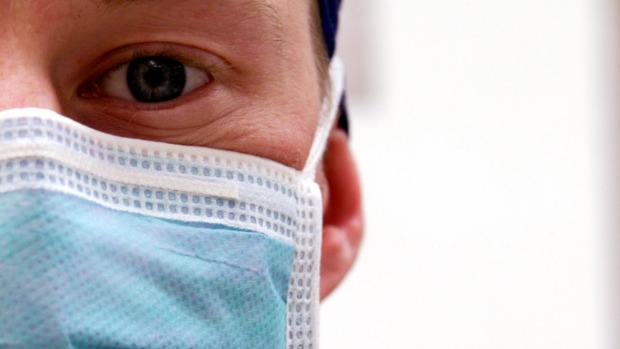
National Health Performance Authority data shows huge variations in healthcare
Australia may have universal healthcare, but whether you can afford to fill a prescription or get in to see your GP might all come down to where you live, new figures reveal.
Data from the National Health Performance Authority paint a tale of two Sydneys, with the postcode lottery meaning people in western Sydney are twice as likely to be unable to afford to get their prescription medicine as people living in the leafy northern suburbs.
The data shows that across Australia people rates of avoiding or delaying healthcare are up to three times higher in some areas than others. And people living in remote and regional areas are often more likely to miss out, even though they have higher rates of long-term illness.
The chief executive officer of the Public Health Association of Australia, Michael Moore, said Australia was “very poor” at ensuring those who needed care the most actually received it, both for non-urgent, preventative health care and for emergency care.
“Both the hospitals, on the one hand, and the primary healthcare outlets tend to be concentrated around areas where you will tend to find the ‘worried well’ rather than where there is greatest need,” he said. “What we know … about the social determinants of health is that wealthier people tend to be healthier. The more socially disadvantaged you are, the less healthy you can expect to be, yet they are the people who tend to face the most challenges in getting healthcare.
“We’ve got it round back to front.”
In NSW, the data shows that in the South Western Sydney Primary Health Network, which is home to some of Sydney’s most disadvantaged suburbs, more than 10 per cent – or one in 10 people – delayed filling a prescription because of the cost, compared with 4 per cent in northern Sydney.
And in regional NSW, people are facing huge delays for healthcare, despite having more chronic disease. In the massive Western NSW Primary Health Network, which stretches from Broken Hill to Orange, nearly 40 per cent of people said they felt they had to wait longer than appropriate to see a GP. Yet 55 per cent of people had a long-term health condition and more than 20 per cent – or one in five – had ended up in emergency departments in the past year.
Mr Moore said health planners and politicians should be particularly concerned to see the shortages of preventative healthcare, which meant people ended up receiving emergency hospital care.
“You get this multiplying effect where wealthy people, instead of waiting for bulk-billing GPs, are able to just go somewhere else, because they also have better access to transport, whereas if you are socially disadvantaged, you can’t do that.”
Mr Moore said more needed to be done to ensure primary health networks, which plan non-hospital-based healthcare, could plan for varying health needs of their population right down to the postcode level.
In July, the government began rolling out 31 new primary health networks, replacing the previous government’s 61 smaller “Medicare locals”, which served the same purpose.
